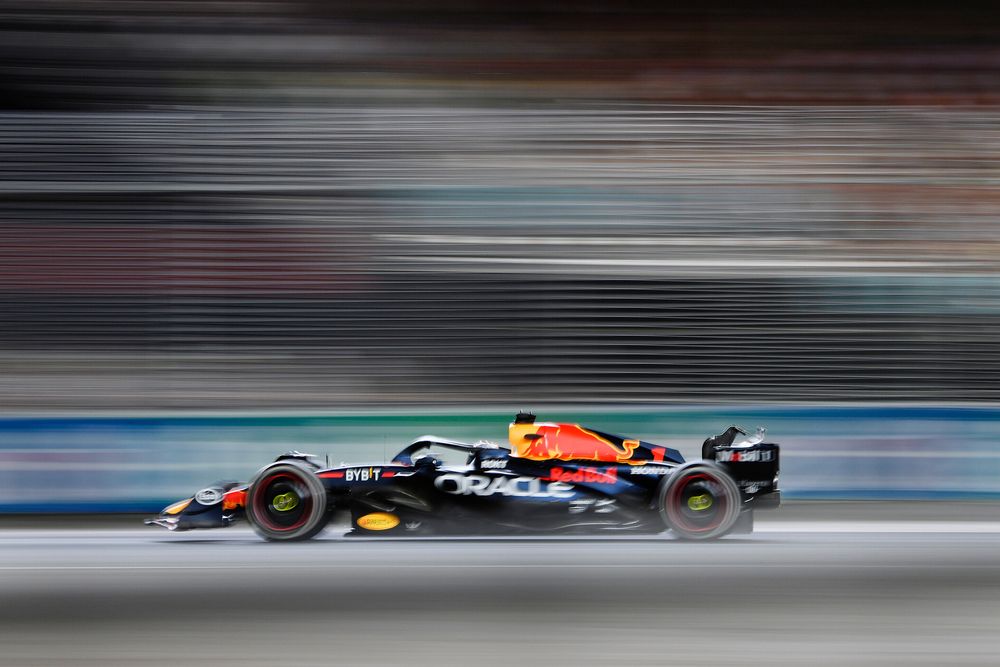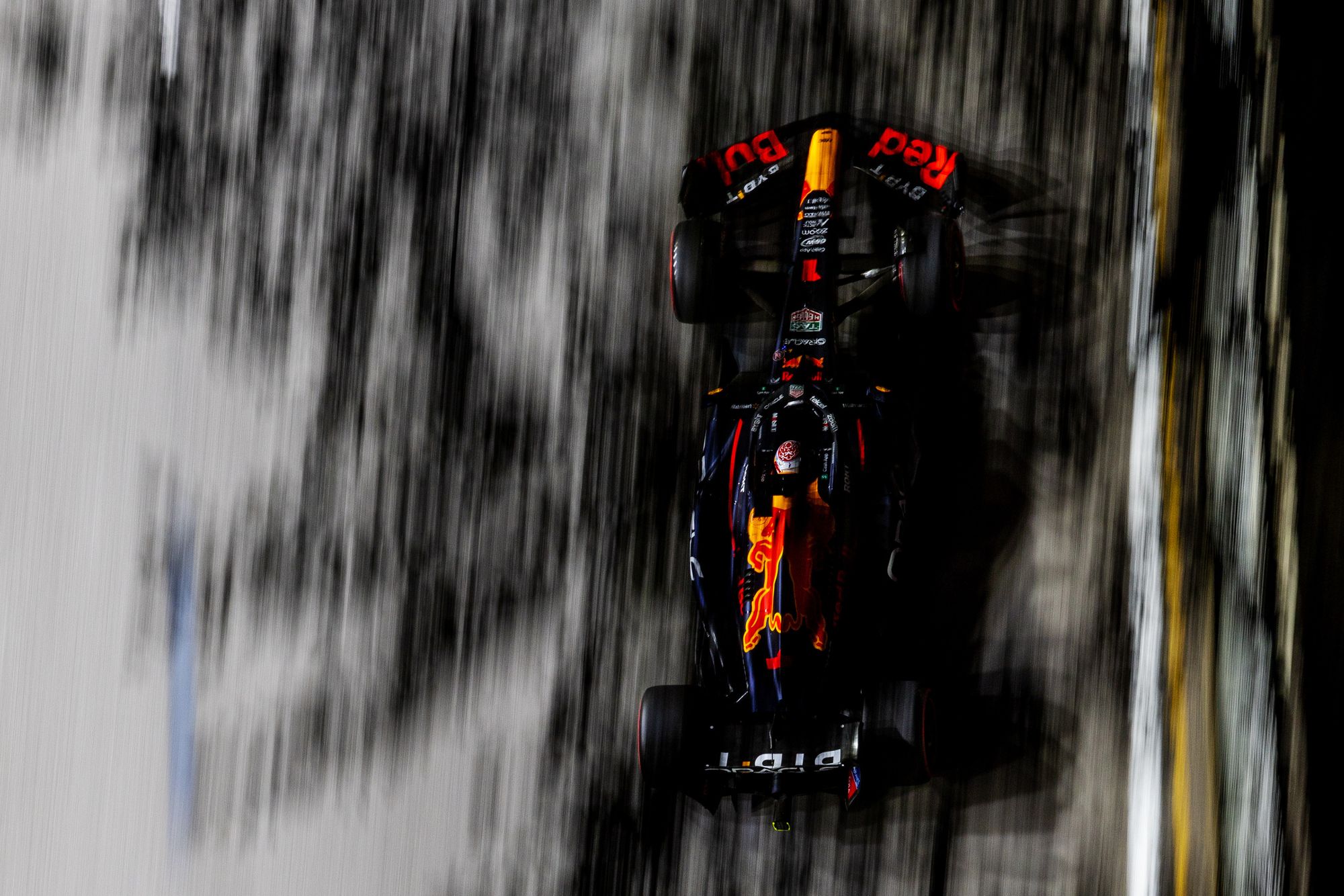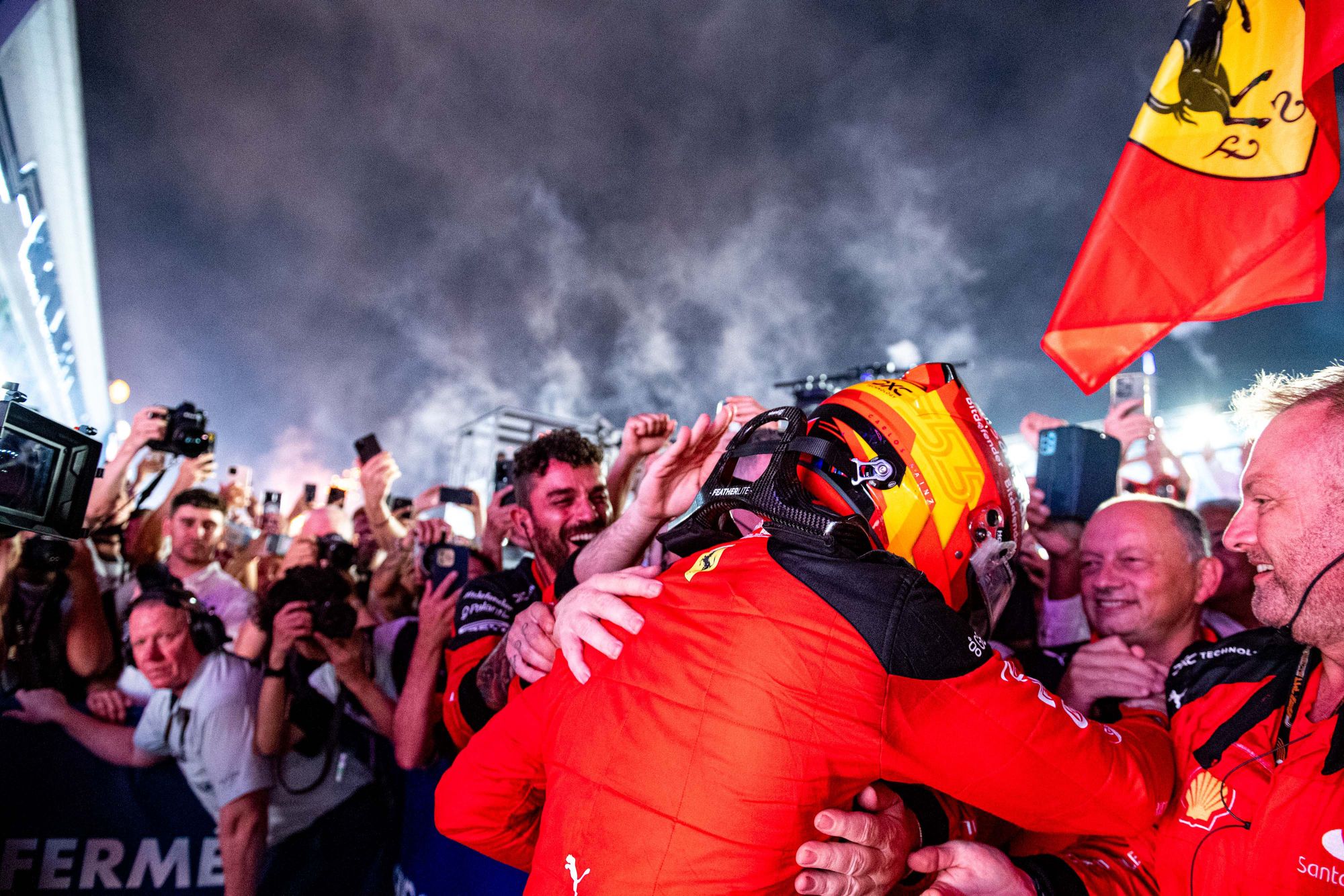Up Next

Red Bull’s winning streak in Formula 1 has come to an end. It happens to everyone eventually, but the Singapore Grand Prix was such a sudden fall from grace that it caught us all by surprise. It probably surprised Red Bull even more than the rest of us.
So why did it happen and how did a potential polesitter and race winner get knocked out of qualifying in Q2? And, more importantly, why was the radio chatter about Red Bull’s problems so blatant?
As far as the gearchanges that Max Verstappen highlighted so frequently are concerned, he has been complaining about them for most of the season. It’s all down to pulling a paddle and the electronics take over. With these zero-torque-loss gear changes, it should change up or down as smoothly as swallowing an oyster.
This allows the driver to use an upchange to reduce wheelspin, so it is effectively a sort of traction control. But if it’s not smooth, it gives the rear a quick snap as the new gear engages. The same happens on the downchange when everything is on the limit of adhesion under braking.
Verstappen seems to be very sensitive to this problem, but it is one of the tools in the driver’s toolbox. When you are on the limit and using this function as a basic traction control mid-corner, I can understand why he gets a bit excited when it is not functioning properly because just one snap of oversteer and the lap is over.
Long gone are the days of letting go of the steering wheel and changing gear with a lever that is connected to the gearbox with a rigid rod. I remember one of Ayrton Senna’s tricks was changing down from sixth or seventh gear straight to second because he didn’t like the snapping under braking generated as he went through the intermediate gears. Can you imagine the complaints from some of the current drivers if they had to do that today?
So that’s one problem Red Bull had. Now, let’s get onto the upgrades.
Red Bull brought a copy of the rear wing flap detail that McLaren pioneered at Zandvoort (well done to the people at McLaren; it’s not so often that can be said).
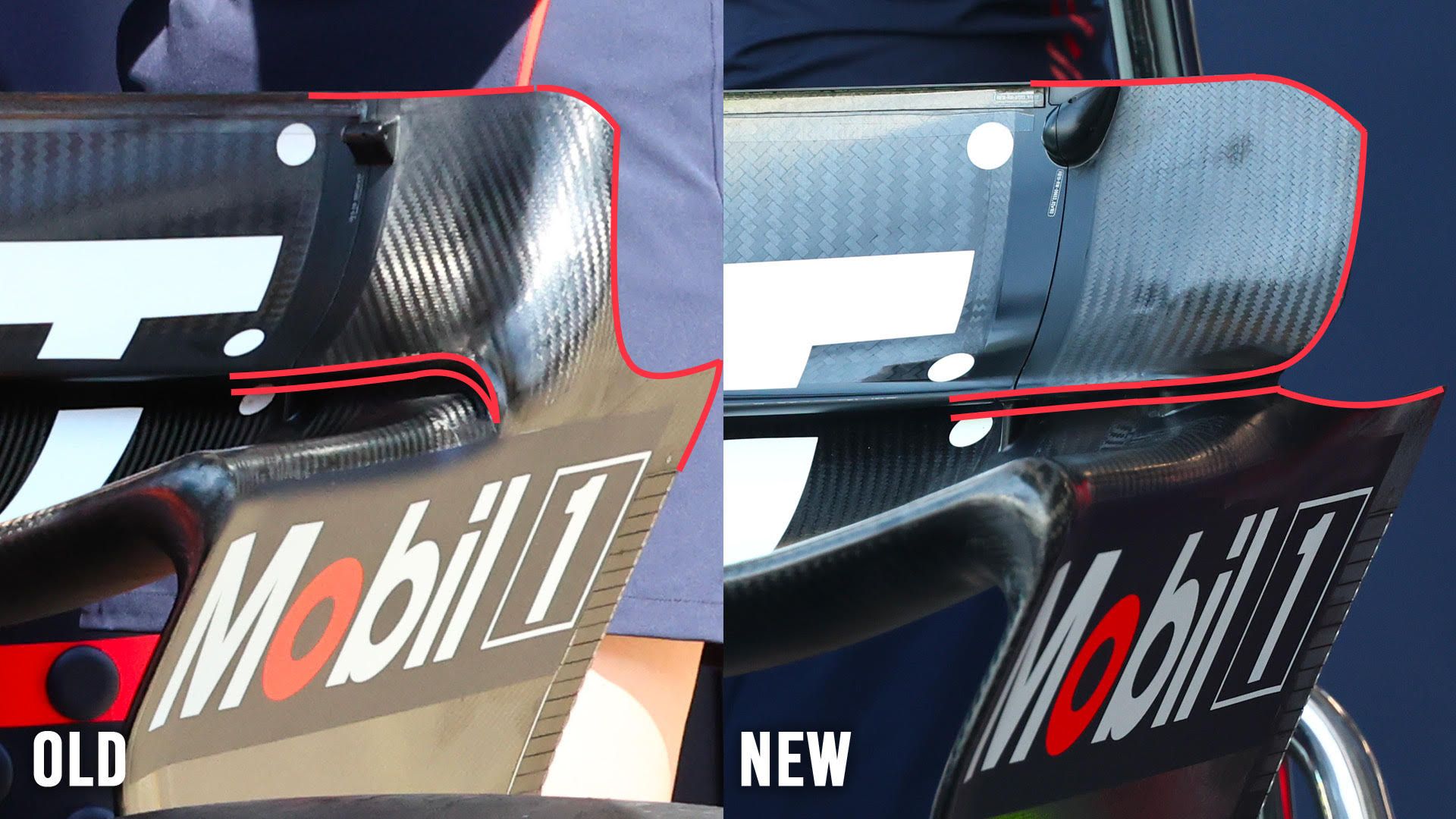
This area of the rear wing flap-to-endplate detail (highlighted in red) is very inefficient as the three different air pressures - low pressure underneath the wing, high pressure on top of the wing, and more or less ambient pressure on the outside of the endplate - all meet up and set up a vortex.
This vortex is being dragged along by the car, so reducing the intensity of this vortex by removing the low pressure underneath meeting up with the ambient pressure on the outside of the endplate improves the overall efficiency at a small loss of rear wing downforce.
Red Bull also had a revised floor. As usual, we can’t see what has changed underneath, only the outer edge detail.
The pictures I have to work with are very close to the changes they have made on the forward edge of the floor, so it’s difficult to see the overall changes further along the car. However, the initial double vane (green ellipse) looks very similar. Behind that I suppose the thought is that if one exit vane is good, two should be better (red arrows).
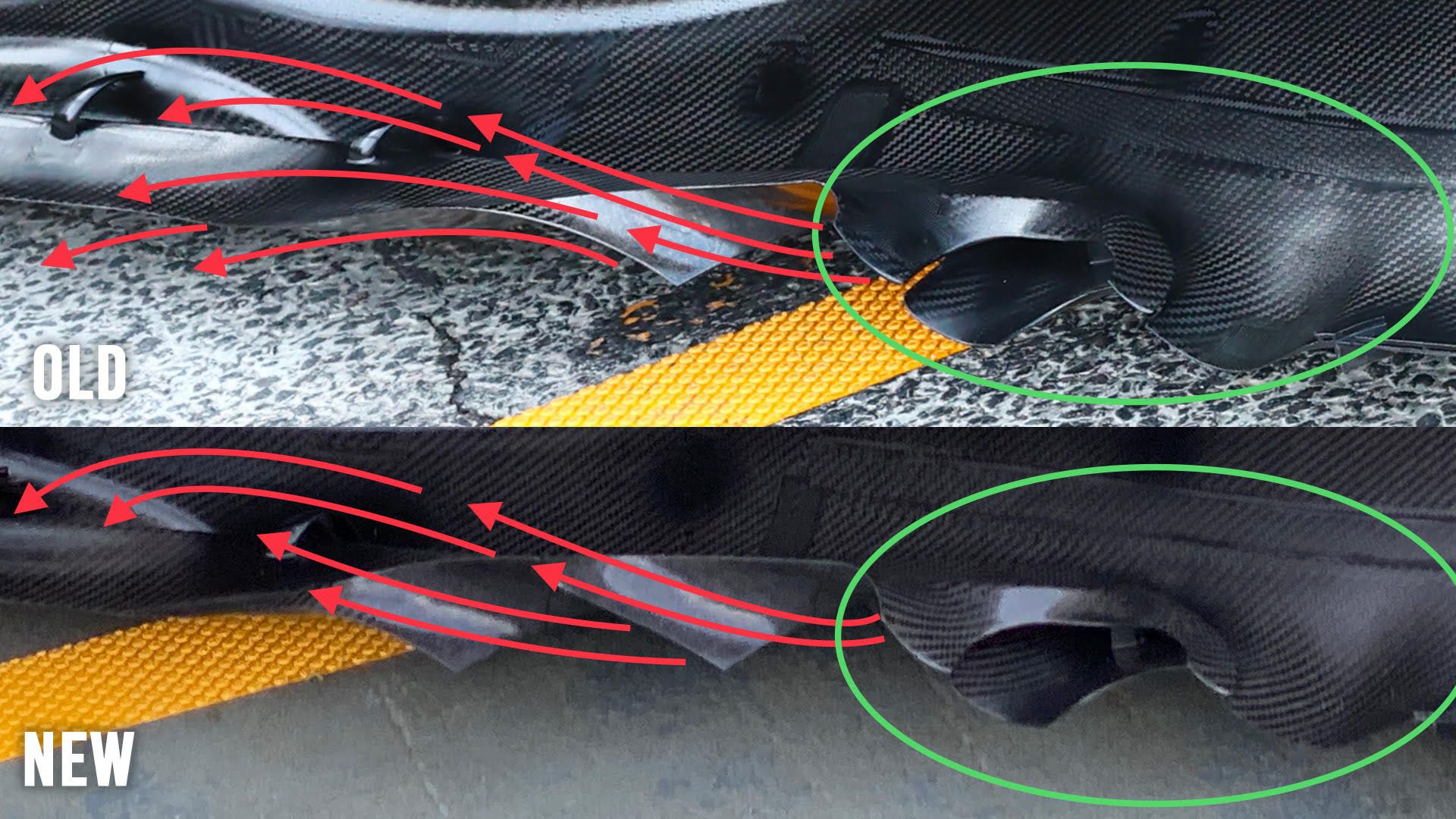
The new developments seem to have lost some of their curvature shape and to fit in a second one it looks like the slotted flap outer floor edge going further rearward is now shorter. This creates a more tortuous route for the airflow.
This was the area Red Bull questioned as the weekend progressed. Red Bull back-to-backed both floors but at a circuit where the conditions are changing by the minute it is a very difficult thing to get any sort of a meaningful result from. In the end it opted to use the older version.
If we just take a quick look at the road to pole position for Carlos Sainz and how his pace progressed from FP1 until Q3 and compare that to Verstappen and Sergio Perez, we get the following:
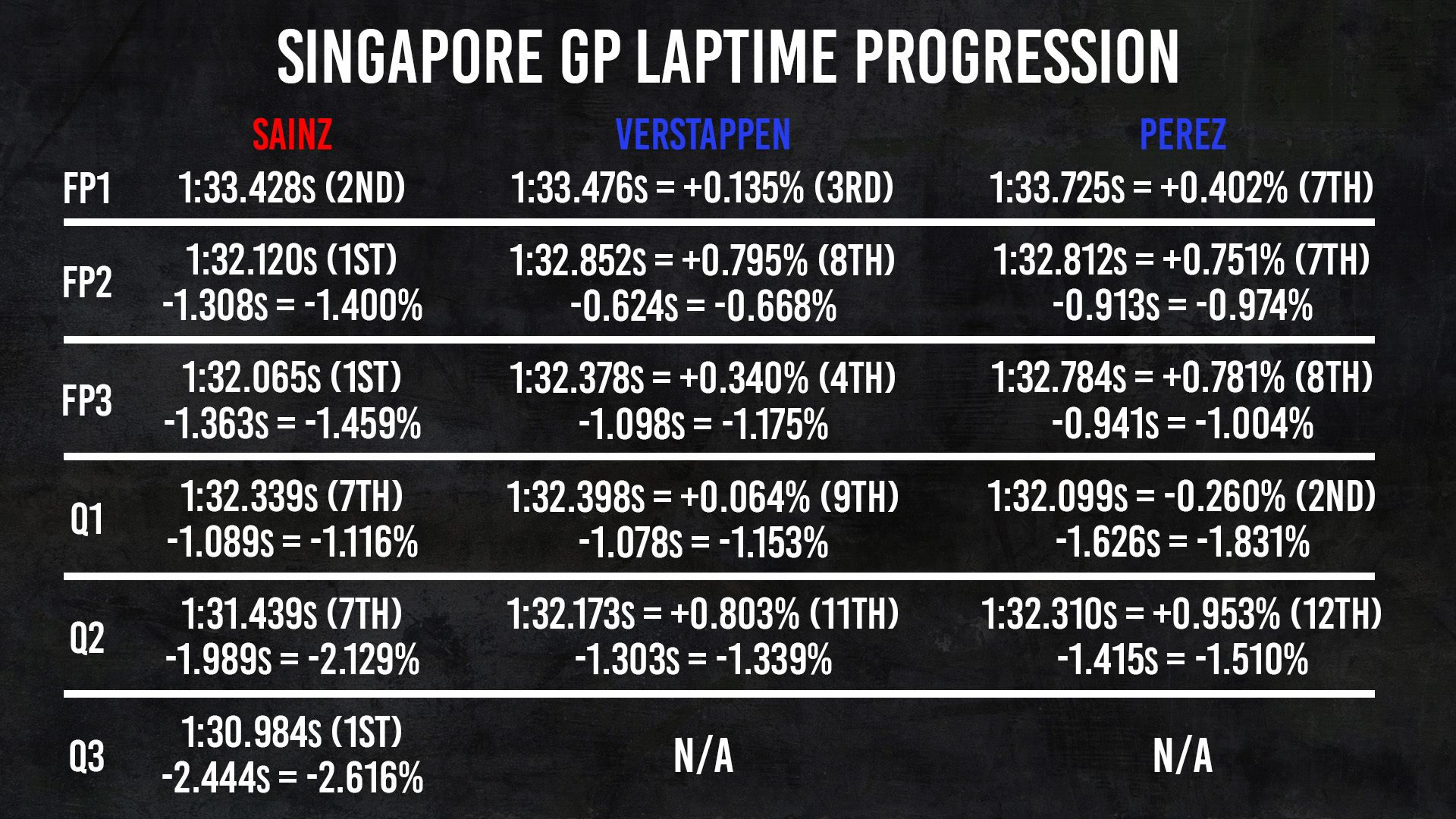
So a quick summary of those numbers means that Red Bull didn’t start the weekend as we have come to expect and fell further and further behind Sainz, who took pole position for Ferrari. It wasn't as though Sainz came from a poor FP1, as he was second fastest to his team-mate Charles Leclerc, and other than in Q1, which is simply about getting into the top 15, he was fastest in all sessions.
In Q1, he used his head and did nothing too dramatic that could result in clipping the wall or getting caught up in other people’s accidents. It was just about doing enough to get through and then start putting it on the line in Q2 and Q3.
Taking into account the potential track evolution between Q2 and Q3, if we simply look at the improvement from FP1 up until Q2 when both Red Bulls missed the cut, Sainz improved by 1.989 seconds or 2.129%, Verstappen by 1.303s or 1.339%, and Perez in Q1 by 1.626s or 1.831%. That shows Red Bull was not making the progress you would expect on a normal weekend.
The jury is still out as to what might have been if it had been another track. The Singapore track surface plus the track temperature, humidity, and going from extremely hot FP1 and FP3 sessions to slightly cooler FP2 and qualifying sessions can throw a curveball at any team, but the last thing I would have expected was for Red Bull to get caught up in not being able to follow the track evolution.
If I was to take a stab at Red Bull’s problems, I would say it arrived in Singapore with the underfloor modifications described above and when it was off the pace in FP1, it had a mild panic and reverted to an older specification of floor, which didn’t rectify the problems. All of this reduced the time it had to get the best out of what it arrived with while following the track evolution.
And when it came to qualifying, the big changes after FP3 didn’t pay off and made the car, as Verstappen put it, “undriveable”.
Red Bull said that the new floor wasn’t the cause of the problem, but I don’t think I would expect it to say anything different. With these ground effect underfloors, every team has found it difficult to simulate underfloor performance. We all felt that Red Bull was immune to that sort of problem but, sorry Mr Adrian Newey, perhaps not.
We will see what spec it runs at Suzuka and how it performs. I would start with the old version that has been so successful over the last few races and, if needed, then test the new one in FP2. If you find you don’t have time, stick with what you know.
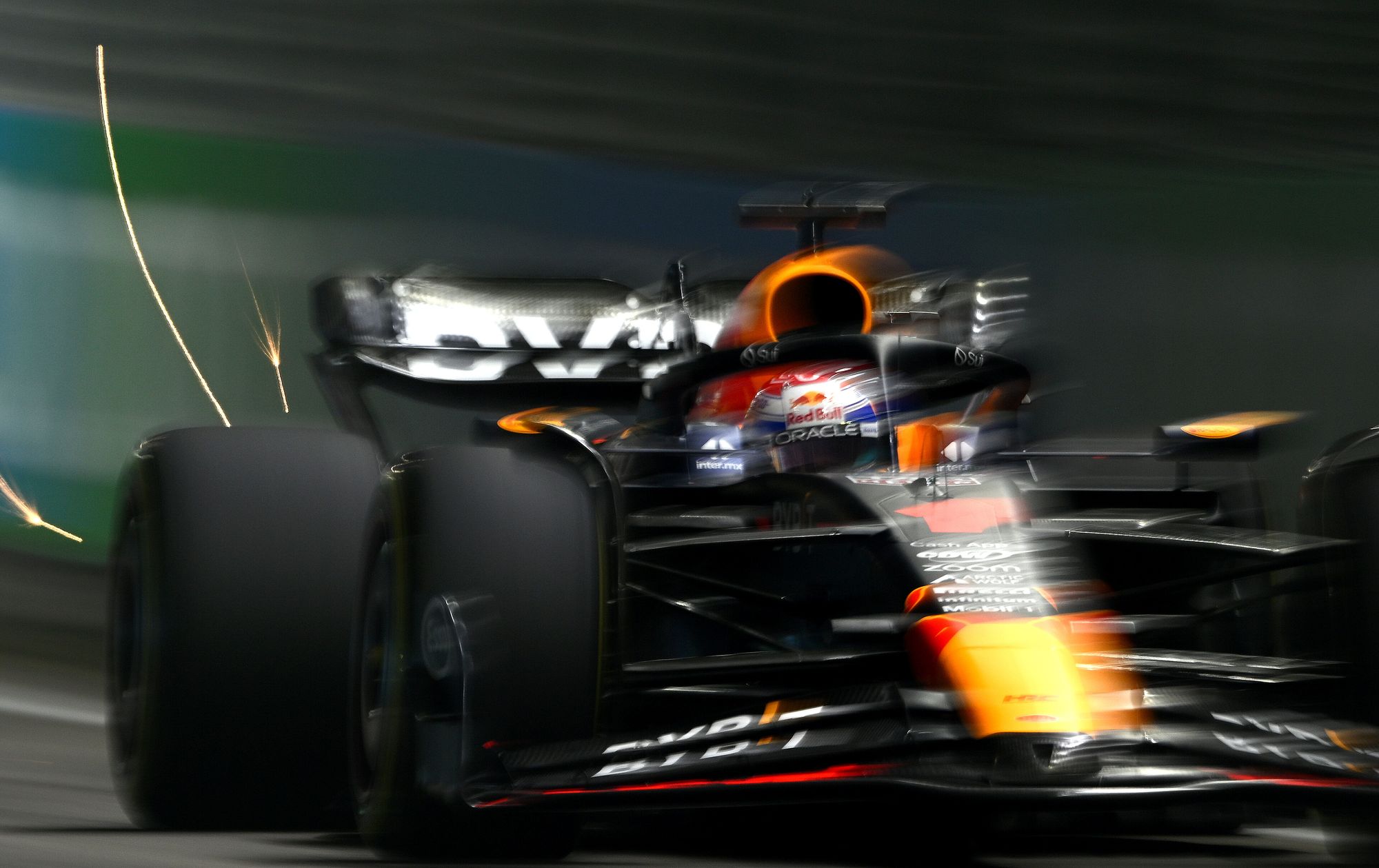
I would be really surprised if this was a result of the FIA reducing its flexibility on policing flexibility (see what I did there?) and introducing technical directive 18 as a catch-all for any area of the car it might feel overstepped the mark. But I’ve been surprised before, so we’ll need some more data before we can be absolutely sure.
Most likely, Red Bull's Singapore GP drop-off was simply the result of not starting the weekend with the right set-up approach, the confusion caused by the floor upgrade, and then running out of time to fix things. This is very easily done and can leave you off the pace, even though it’s rare for teams to miss the mark at the start of weekends given the vast amount of simulation work done.
We will see whether it's been able to rectify that at Suzuka, a track that is a big test of the aerodynamic performance of your car, in a few days' time.


